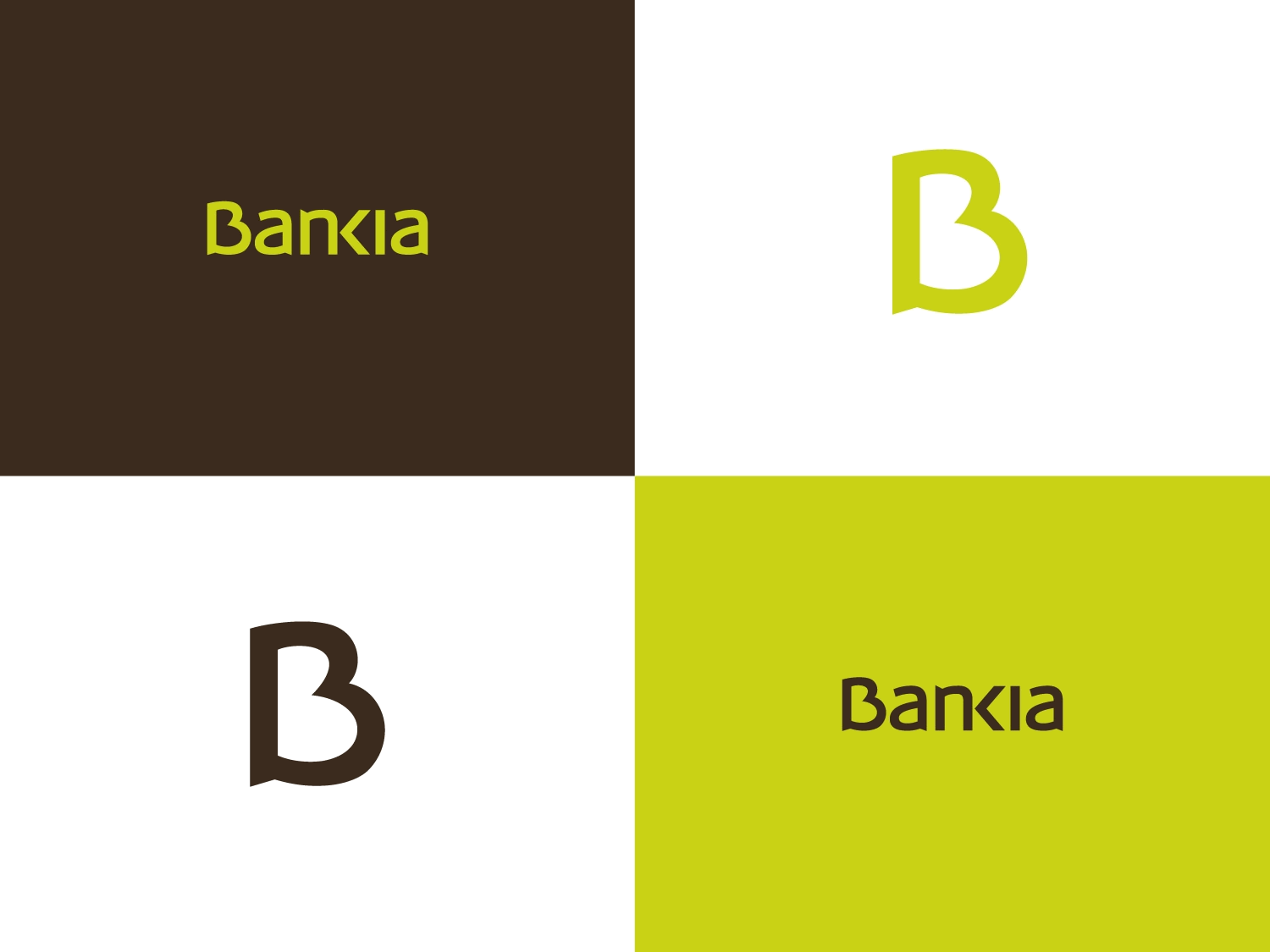Bankia
- Jose Luis Olivas, Vice President
Bankia is a Spanish bank, which was created in December 2010 through the merger of seven Spanish banks. In May 2012, it was nationalized along with the established in the same parent company Banco Financiero y course de Ahorros. With total assets of 328 billion euros, it is the fourth largest bank in Spain.
Business
Bankia operates the areas of retail banking, commercial banking, corporate finance, capital markets, asset management and private client business and offers a wide range of financial products and services. Bankia has an extensive branch network in Spain, and has presence in other European countries (Dublin, Lisbon, London, Milan, Munich, Paris, Porto, Warsaw and Vienna) and overseas ( Miami, Beijing and Shanghai ). The Group has a large and diversified portfolio of business units with a value of 5.5 billion euros as at 31 January 2011.
Seat
The Bank has its headquarters and address of the holding companies in Valencia and its operational headquarters in Madrid.
History
Founding and IPO
The bank was founded on December 3, 2010. Bankia was born as a merger of seven Spanish financial institutions, with a large presence in their areas. The merger of the seven banks was completed in only four months, the integration contract was signed on 30 July 2010. The proportion of shares was as follows:
- 52.06 % Caja Madrid
- 37.70 % Bancaja
- 2.45% La Caja de Canarias
- 2.33% Caja de Ávila
- 2.11% Caixa Laietana
- 2.01% Caja Segovia
- 1.34% Caja Rioja
On July 20, 2011 Bankia went public. The head of the new institution, Rodrigo Rato ( ex- economy minister and ex- head of the International Monetary Fund ) got a lot of public praise. November 20, 2011 early elections were held in Spain. There was a change of government: the Cabinet Zapatero II was replaced by the Cabinet Rajoy. The new Economy Minister Luis de Guindos described the merger and the IPO of Bankia as an error. In 2011, one shares cost around 45 euros by the end of April 2012, the share price of the bank had fallen to 30 euros.
Housing crisis and nationalization
May 7, 2012 Rodrigo Rato came surprisingly back from Principals. He was succeeded by José Ignacio Goirigolzarri. Two days later nationalized Spain the bank. About possible reasons for the rapid nationalization is widely reported.
The Mirror wrote:
" The Bankia applies for its many bad real estate loans as the biggest problem in the case of the Spanish financial sector. The Institute is the fourth largest in the country. It had emerged from the merger of Caja Madrid with a number of smaller savings banks. Bankia has ten million customers.
The ailing Spanish banking sector is becoming an increasing burden on the euro - zone. The institutes sitting since the end of the construction boom in the country on large amounts of bad loans in the real estate industry. According to government figures, the total volume of real estate loans of Spanish banks amounted to 320 billion euros. Of these, 180 billion were classified as " toxic". "
On 24 May 2012, announced that Bankia will receive a cash injection of 9 billion euros by the Spanish state. Economy Minister Luis de Guindos told, this set is composed of 7.1 billion euros for additional depreciation following the banking reforms in Spain and 1.9 billion euro capital buffers to comply with European requirements. A day later, the bank called for further government aid in the amount of 19 billion euros, after the rating agency Standard & Poor's downgraded the creditworthiness of the Institute as well as four other Spanish banks.
On 31 August 2012, the Bank reported during the renovation phase of a loss in the first half of 2012 of 4.45 billion Euros. The Spanish government made the suggestion that the government rescue fund Fondo de Reestructuración Ordenada Bancaria ( FROB ) could help out with a net capital of 4.1 billion euros. The Bank of Spain ( Central Bank) should look into this. Bankia also announced that from January to June 2012, apparently unnerved clients have withdrawn around seven billion euros from the Bankia accounts. As the bank announced in late 2012, was planned for cost reasons the closure of some 1,100 branches. The following year, more details were announced, they should be closed in the Canary Islands 54 branches. The population of the islands defends itself against these plans since then, particularly in the rural areas.









